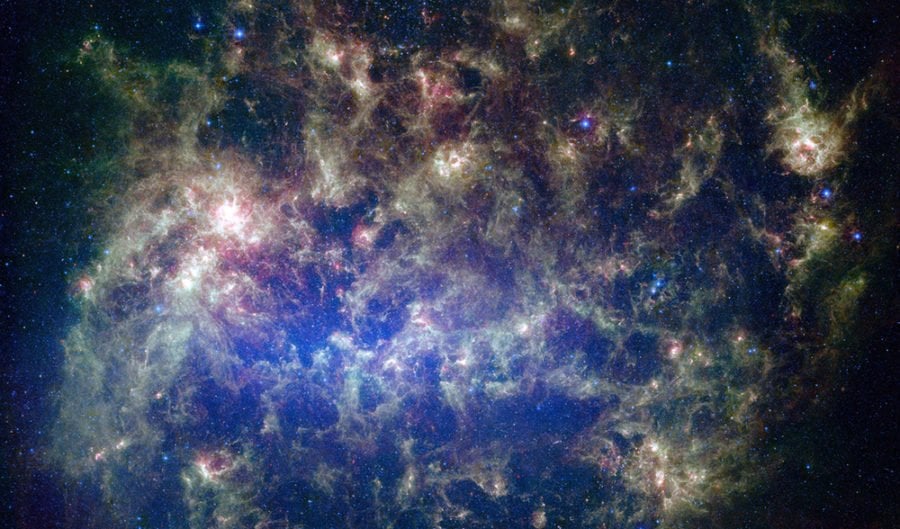Young star discovery challenges our understanding of stellar evolution

SCIENTISTS STUDYING A neighbouring galaxy have made a surprising discovery – unexpected youngsters dwelling within clusters of older stars. The finding challenges what we thought we knew about how stars evolve.
A star cluster is a group of stars that share common origin, held together by gravity. Until now, it has been assumed these clusters contain stars of similar age and composition, and they have therefore been used by researchers as an ‘astronomical laboratory’ to understand how mass affects the evolution of stars.
“Our models of stellar evolution are based on the assumption that stars within star clusters formed from the same material at roughly the same time,” said Dr Bi-Qing For, from the International Centre for Radio Astronomy Research in Perth, WA.
Dr For said our understanding of how stars evolve is a cornerstone of astronomical science. “If this assumption turns out to be incorrect, as our findings suggest, then these important models will need to be revisited and revised,” she said.
By cross-matching the locations of several thousand young stars within the locations of stellar clusters in the Large Magellanic Cloud – a neighbouring galaxy to our own Milky Way – the scientists found 15 stars that were much younger than other stars within the same cluster.
The scientists were able to rule out the possibility that the formation of these young stars was fuelled by gas entering the cluster from interstellar space by using radio telescope observations to show there was no correlation between interstellar hydrogen gas and the location of the clusters they were studying.
“We believe the younger stars have actually been created out of the matter ejected from older stars as they die, which would mean we have discovered multiple generations of stars belonging to the same cluster,” said Dr Kenji Bekki, also from the International Centre for Radio Astronomy Research.
Kenji said the stars were currently too faint to see using optical telescopes because young stars are surrounded by an envelope of gas and dust. As they become more massive, this shroud blows away, at which point powerful instruments such as the Hubble Space Telescope will be able to get a better look.
“If we point Hubble at the clusters we’ve been studying, we should be able to see both young and old stars and confirm once and for all that star clusters can contain several generations of stars,” he said.
The study was published today in the journal Monthly Notices of the Royal Astronomical Society.

